From Golden Age to Fall and Rebirth of Poland
Unbeknownst to many, Poland’s journey from a Golden Age to a period of fall and eventual rebirth is a tale woven with resilience, cultural richness, and historical significance. As the shadows of past glories intermingle with the struggles of transformation, Poland’s story unfolds with intriguing complexity.
The layers of history, marked by triumphs and tribulations, offer a profound narrative that begs exploration. Discover the pivotal moments that shaped Poland’s destiny and continue to resonate in its vibrant present, inviting a deeper understanding of a nation that has weathered the tides of time with unwavering spirit and tenacity.
Key Points
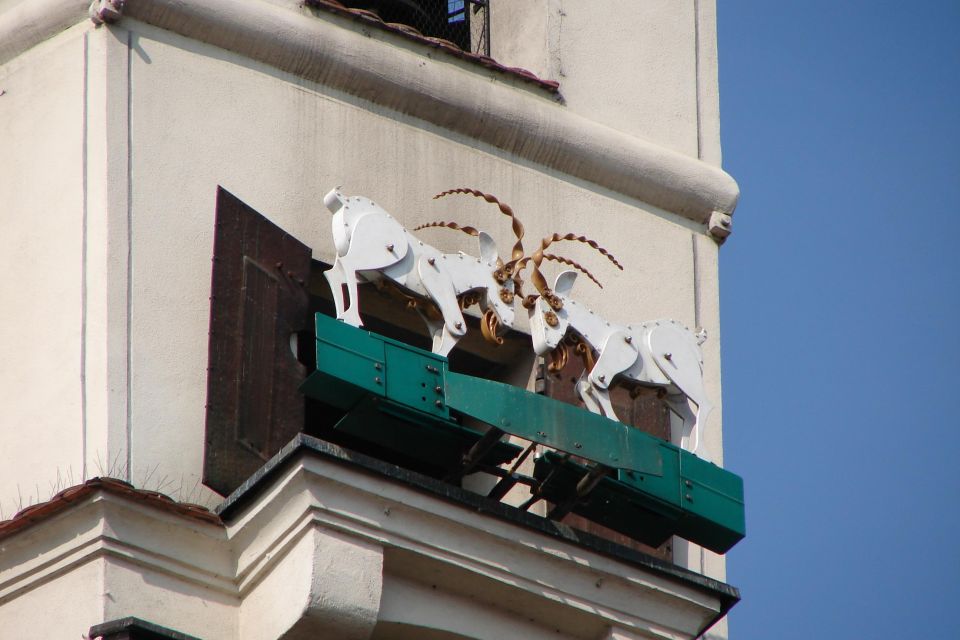
- Poland experienced economic prosperity and cultural renaissance during its Golden Age.
- Struggles for dominance and external pressures led to the nation’s fall.
- Political reforms, economic revitalization, and cultural renaissance marked Poland’s rebirth.
- Key figures like King Casimir III and Lech Wałęsa played pivotal roles in shaping Poland’s history.
Here's some more nearby activities we've reviewed
Historical Background of Poland
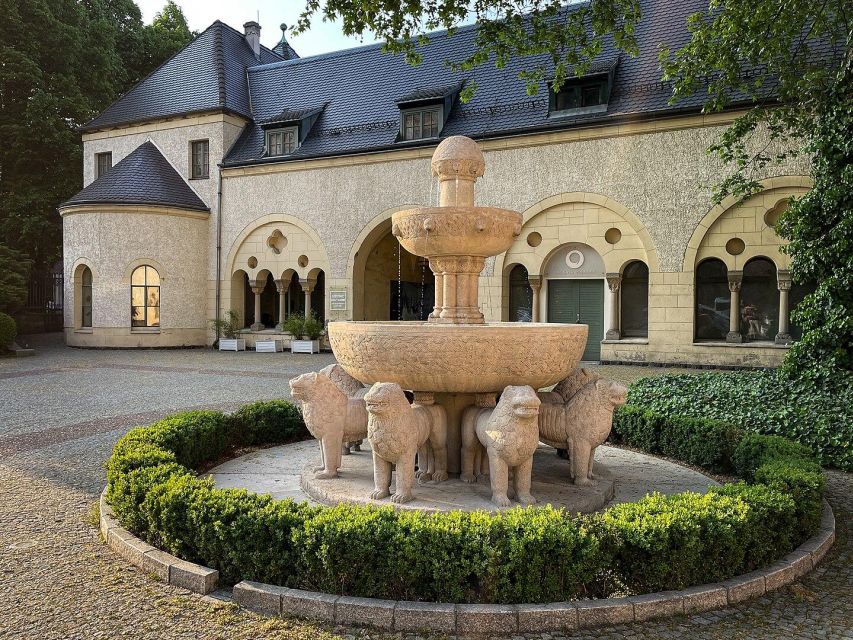
During its tumultuous past, Poland has weathered numerous invasions, partitions, and uprisings that have shaped its rich historical background. The Polish monarchy, established in the 10th century, played a pivotal role in unifying the region and fostering cultural and economic growth.
However, Poland faced a series of partitions in the late 18th century, where it was divided and annexed by neighboring powers, namely Russia, Prussia, and Austria. These partitions marked a period of decline for Poland, leading to the loss of independence and political turmoil.
The struggles for dominance and independence during this time laid the groundwork for the country’s eventual fight for sovereignty and the eventual rebirth of a unified Polish state.
Rise of Poland’s Golden Age
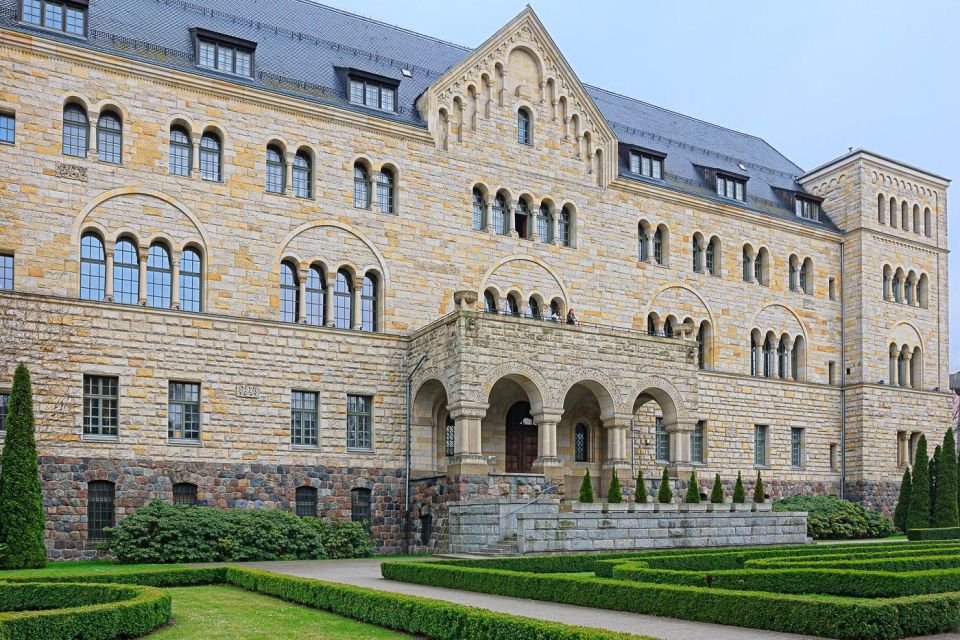
Amidst a backdrop of political turmoil and external pressures, Poland’s Golden Age emerged as a beacon of cultural and economic prosperity in the country’s history. This period marked a significant upsurge in Poland’s fortunes, characterized by a flourishing economy and remarkable artistic achievements.
Three key facets of Poland’s Golden Age include:
-
Economic Prosperity: The Golden Age saw Poland experience a surge in trade and commerce, leading to unprecedented wealth and prosperity for the nation.
-
Artistic Achievements: Polish artists, writers, and musicians flourished during this era, producing timeless works that continue to be celebrated for their creativity and innovation.
-
Cultural Renaissance: Poland’s Golden Age was a time of cultural renaissance, where intellectual pursuits and artistic endeavors thrived, shaping the nation’s identity for generations to come.
Challenges Leading to Poland’s Fall
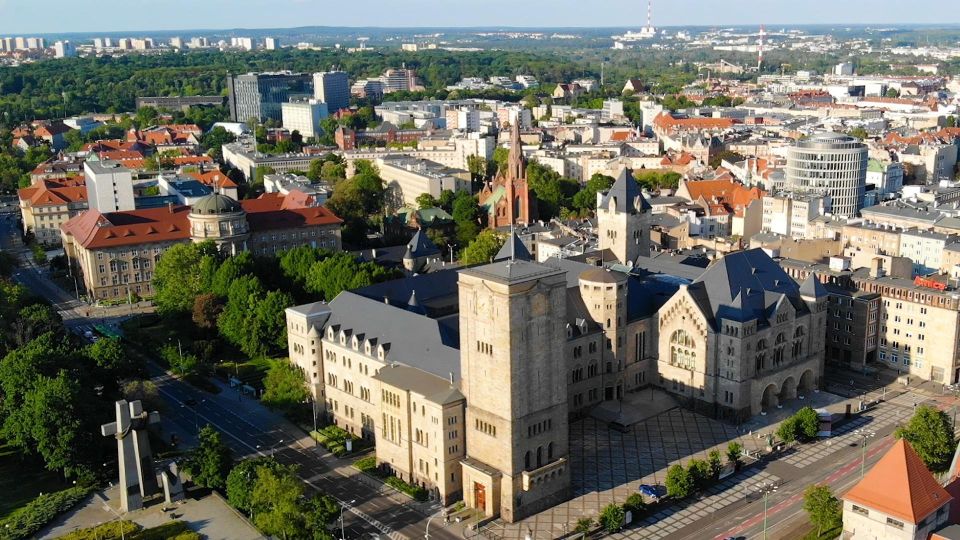
As Poland’s Golden Age flourished with economic prosperity and cultural renaissance, the nation faced mounting challenges that would ultimately lead to its fall.
Political turmoil gripped the country as internal conflicts and external pressures strained its governance. Economic struggles plagued Poland, with declining trade routes and financial instability weakening the once-thriving economy.
The lack of unity among the ruling elite and the inability to address social inequalities further exacerbated the nation’s downward spiral. These challenges not only undermined Poland’s strength but also created vulnerabilities that were exploited by neighboring powers.
Despite attempts to navigate these obstacles, the convergence of political unrest and economic hardship set the stage for Poland’s eventual decline.
Period of Rebirth and Renewal
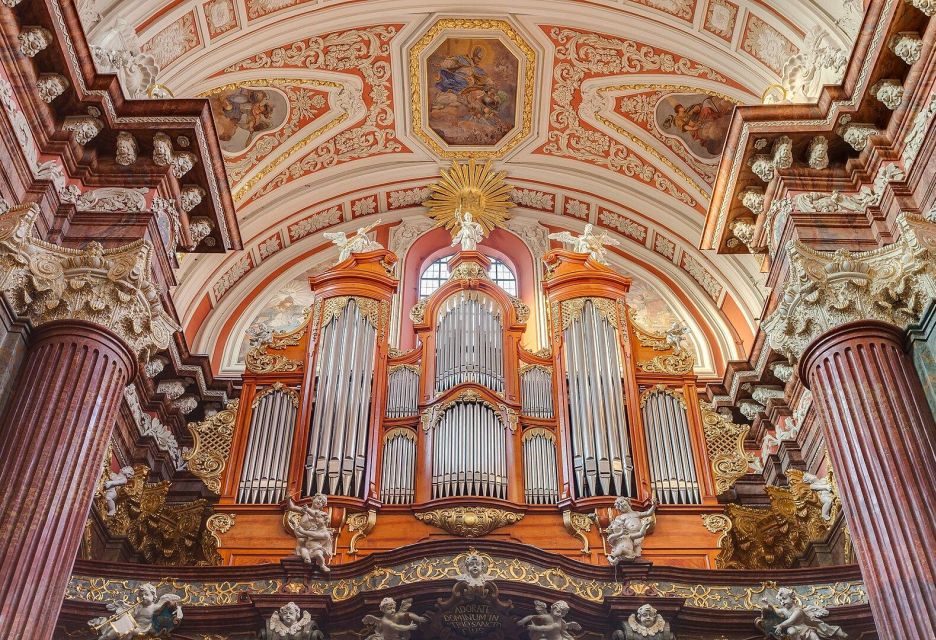
The period of rebirth and renewal in Poland saw the nation emerging from the shadows of its past challenges, revitalizing its cultural heritage and rekindling a sense of national pride. This transformative era marked a significant turning point in Poland’s history, shaping its identity and setting the stage for a new chapter of growth and development.
Key Aspects of the Period of Rebirth and Renewal:
-
Cultural Renaissance: Polish art, literature, and music flourished, reflecting a renewed sense of creativity and national identity.
-
Political Reforms: The period witnessed the implementation of key reforms aimed at modernizing governance structures and promoting democratic values.
-
Economic Revitalization: Initiatives to boost the economy and improve living standards contributed to Poland’s overall transformation and progress.
Key Figures in Poland’s History
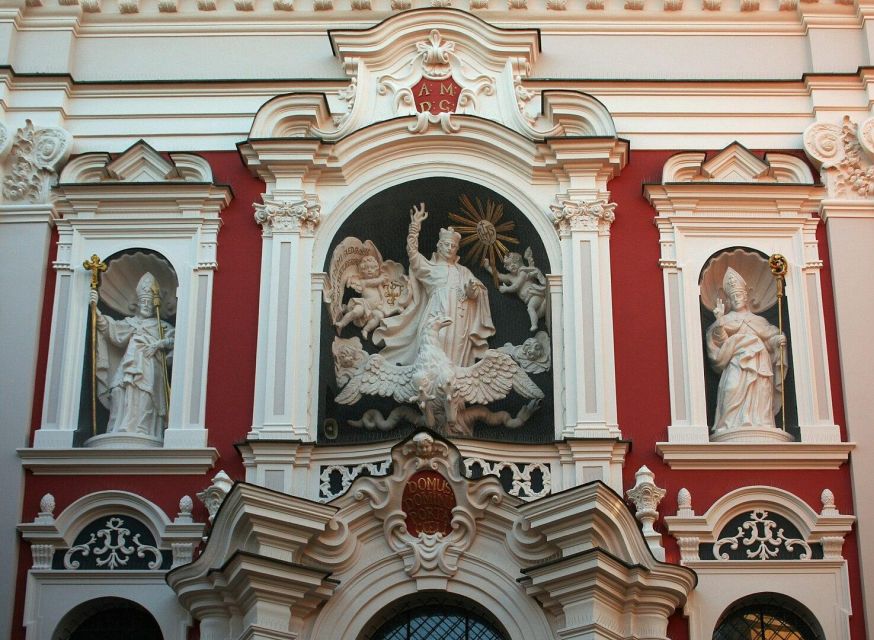
Exploring the tapestry of Poland’s rich history unveils a myriad of key figures who’ve left an indelible mark on the nation’s cultural, political, and social landscape. From influential monarchs like King Casimir III, who fostered a period of prosperity and development known as Poland’s Golden Age, to renowned artists like composer Frédéric Chopin, whose music continues to resonate through the ages, these key figures have shaped Poland’s legacy.
Leaders like Lech Wałęsa, the charismatic trade unionist turned president, played a pivotal role in Poland’s fight for independence from Soviet influence. Figures such as Marie Curie, the pioneering scientist, have brought global acclaim to Poland.
These key figures collectively contribute to the rich tapestry of Poland’s history and its enduring impact on the world.
Cultural and Architectural Evolution
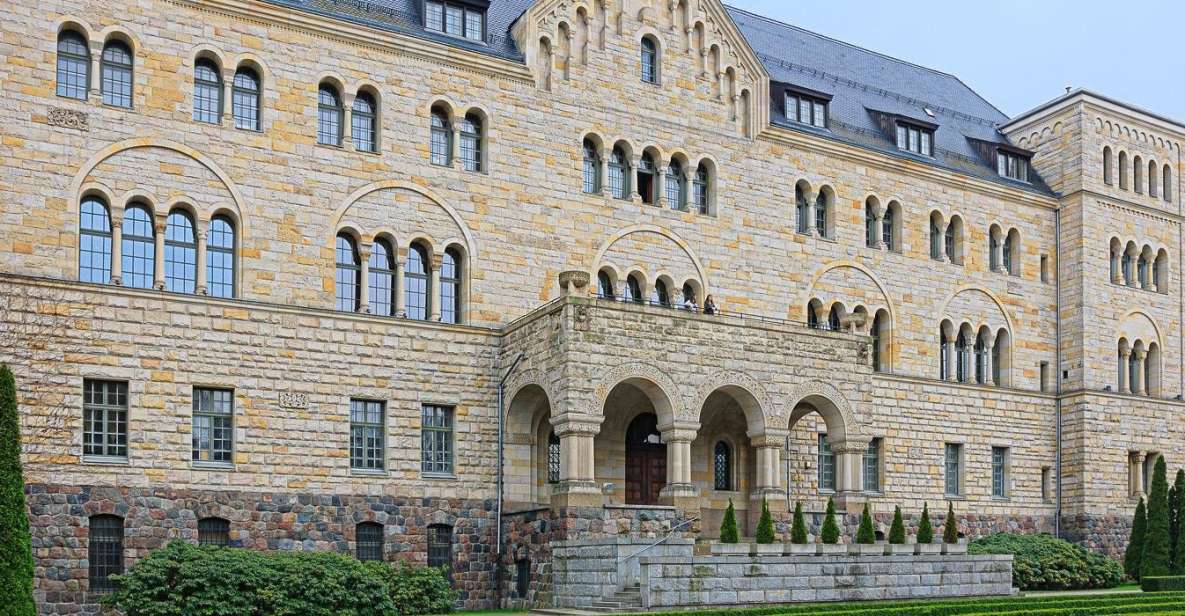
Embarking on a journey through Poland’s history unveils a captivating narrative of its cultural and architectural evolution.
-
Architectural Wonders: Poland boasts a rich tapestry of architectural styles, from the Gothic magnificence of Wawel Castle in Krakow to the modernist marvel of the Warsaw University Library.
-
Cultural Influences: Over the centuries, Poland has been shaped by a myriad of cultural influences, from the medieval traditions of the Piast dynasty to the artistic flourishes of the Renaissance period.
-
Innovative Designs: The country’s architectural landscape showcases a blend of tradition and innovation, with contemporary structures like the POLIN Museum of the History of Polish Jews standing as testaments to Poland’s creative spirit.
Modern-Day Poland: A Vibrant Nation
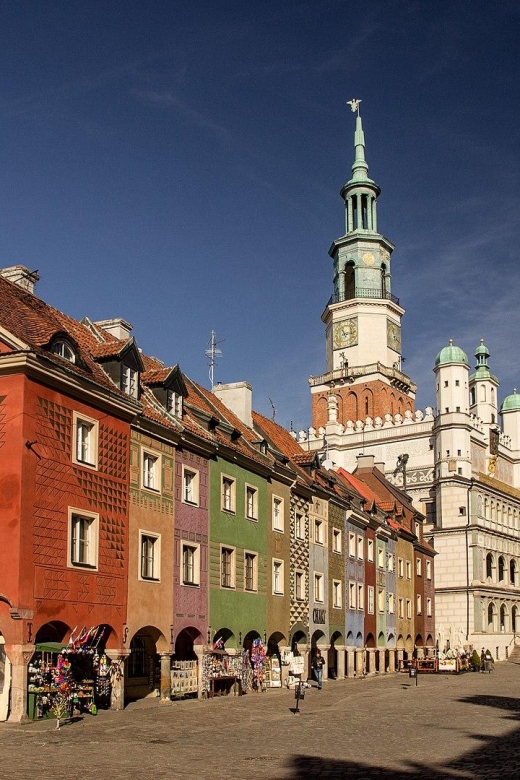
With a dynamic blend of tradition and modernity, Poland stands as a vibrant nation pulsating with cultural richness and innovation. In terms of the current economy, Poland has experienced steady growth, becoming one of Europe’s fastest-growing economies. The country boasts a diverse economic landscape, with thriving industries in sectors such as manufacturing, technology, and agriculture.
Politically, Poland operates as a democratic republic, with a President as the head of state and a Prime Minister leading the government. The political landscape is characterized by a multi-party system, reflecting the country’s commitment to democracy and freedom. Overall, modern-day Poland continues to evolve, embracing its historical roots while embracing progress and change in both its economy and political structures.
Future Prospects for Poland
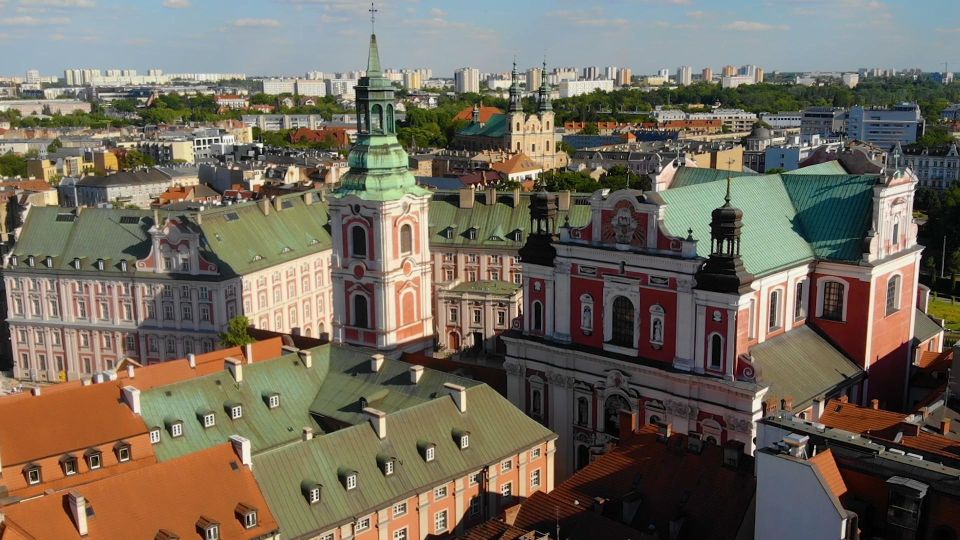
Poland’s future is poised to build upon its vibrant cultural heritage and robust economic growth, paving the way for further innovation and prosperity on the global stage.
-
Expanding Global Influence: With a strategic location in Central Europe and a strong presence in the European Union, Poland is well-positioned to capitalize on international trade and partnerships.
-
Investment in Technology and Innovation: The country’s focus on developing its technology sector and fostering innovation through research and development initiatives will create future opportunities for growth and competitiveness.
-
Sustainable Development Initiatives: By prioritizing sustainable practices and green technologies, Poland can attract environmentally conscious investors and contribute to a more eco-friendly future while sustaining its economic growth.
Here's a few more nearby tours and experiences we have reviewed.
Common questions
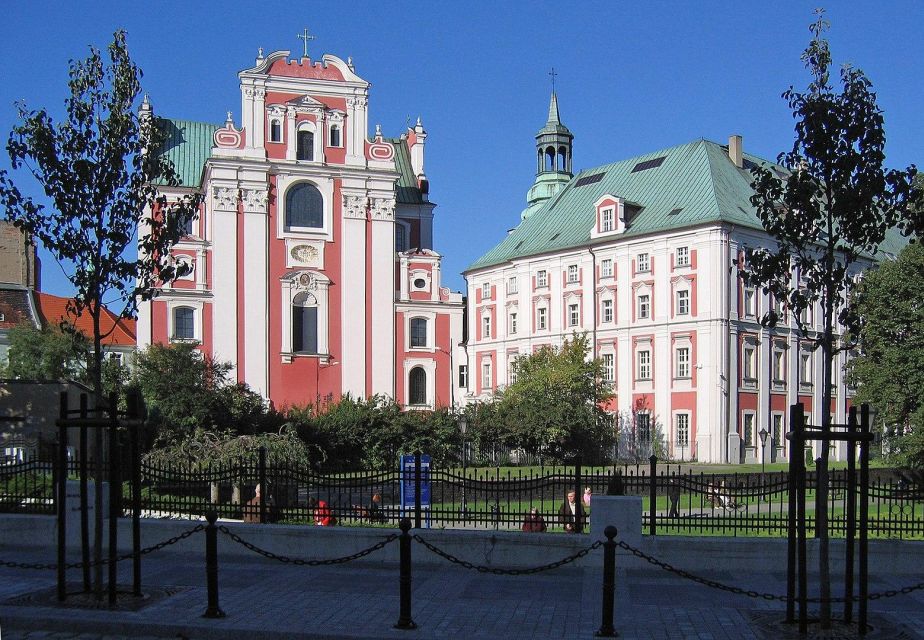
What Are Some Lesser-Known Facts About Poznań’S History That Are Not Covered in the Tour Itinerary?
When exploring Poznań’s history beyond the tour, one can uncover urban legends and historical mysteries intertwined with its architectural evolution. Artistic influences also shape the city’s narrative, adding depth and intrigue to its vibrant past.
Are There Any Hidden Gems or Off-The-Beaten-Path Attractions in Poznań That Tourists Should Explore?
Hidden gems in Poznań include quaint cafés for trying local cuisine, like St. Martin Croissants. Off the beaten path, travelers can explore parks for outdoor adventures. These spots offer a unique perspective on the city’s charm.
Can Visitors Participate in Any Cultural or Traditional Activities During Their Time in Poznań?
Visitors in Poznań can engage in cultural workshops and enjoy traditional festivals. They can partake in hands-on activities like interactive experiences. These opportunities provide a deeper understanding of local customs and offer a chance to immerse in Polish heritage.
What Are Some Local Customs or Traditions That Tourists Should Be Aware of When Visiting Poznań?
When visiting Poznań, travelers should savor local cuisine like St. Martin Croissants and explore cultural festivals. They can embrace customs like respecting elders and greeting with a handshake. Engage in traditions such as Dragon Boat Races for a memorable experience.
Are There Any Specific Souvenirs or Local Products That Are Unique to Poznań and Worth Purchasing?
When in Poznań, visitors shouldn’t miss out on local crafts like intricate pottery or amber jewelry. Traditional cuisine offers delectable St. Martin Croissants. Engage with local artisans, savor cultural experiences, and bring home unique souvenirs.
Here's more of our most recent tour reviews happening neaby
- Poznan Old Town and Croissant Museum Private Walking Tour
- Wroclaw Day Tour From Poznan
- Poznan Old Town and Citadel Park Private Walking Tour
- Private Transfer From Poznan City to Wroclaw (Wro) Airport
- Private 3-hour Poznan Old Town Tour
- Private Airport Transfer Poznan E-Class or Similar
- Poznan Airport – Poznan City Private Transfer
- Discover Poznan’S Most Photogenic Spots With a Local
- Historic Poznan: Exclusive Private Tour With a Local Expert
- Romantic Tour in Poznan
- Poznan Private Vodka Tasting Tour
Last Words
Step back in time and witness the remarkable journey of Poznań, from its Golden Age to the challenges of its fall, and the inspiring period of rebirth and renewal.
Explore the rich history and architectural wonders that have shaped this vibrant city, and discover the resilience and spirit of the Polish people.
With a blend of Gothic, Renaissance, Baroque, and Classical treasures, Poznań offers a captivating experience for history enthusiasts and travelers alike.
Don’t miss the chance to uncover the stories of dominance, struggle, and independence that define this remarkable city.
More Great Things To Do Nearby